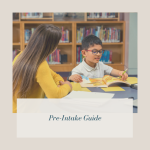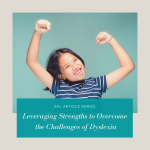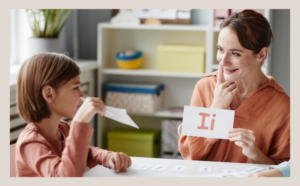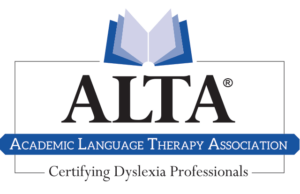No products in the cart.
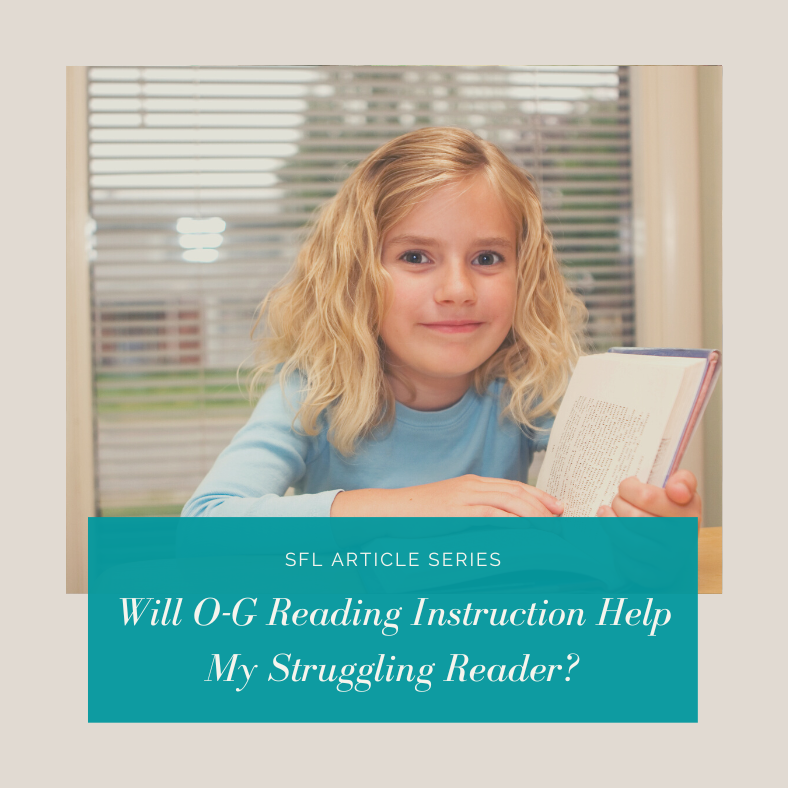
Orton Gillingham (O-G) reading instruction is a highly effective, research-based approach for teaching children with dyslexia and other reading difficulties. Instruction is tailored with the student in mind, considering his or her specific learning difficulties, strengths, interests, and preferences. Lessons are uniquely designed by a trained therapist who is closely attuned to the needs of the student. It is a multisensory approach to reading instruction that uses all the child’s visual, auditory, tactile, and kinesthetic neural pathways to strengthen literacy skills. Here are some answers to commonly asked questions to help you determine whether O-G reading instruction may be beneficial for your struggling reader:
How long does my child need Orton Gillingham? The length of time a child needs O-G instruction can vary depending on his or her individual needs and progress. Generally, O-G is a long-term intervention that requires consistent and structured instruction over a period of months or even years. Many children benefit from daily O-G sessions, but the frequency and duration of sessions can be adjusted to meet individual needs. It is worth noting that the more frequently O-G instruction is provided, the shorter the timeframe becomes to see significant progress. Most clinicians recommend a schedule of at least two sessions each week.
Who can teach O-G? Instruction is typically provided by a trained and certified Orton-Gillingham therapist or instructor. It’s important to ensure that the person providing instruction has received extensive formal training in the O-G approach and has experience working with children with language difficulties. O-G clinicians typically have a teaching background, however, there are many kinds of professionals who also decide to pursue an Orton-Gillingham credential.
What goes on during an O-G session? During an O-G session, the instructor will provide explicit, systematic, and multisensory instruction that is tailored to the child’s individual needs. There is a review of prior knowledge at the beginning of every session, with smaller reminders of previously taught skills throughout the session. The instruction should focus on areas of alphabetic knowledge, phonemic awareness, decoding, fluency, handwriting, spelling, vocabulary, writing composition, and comprehension. Sessions may include activities such as letter-sound drills, discovering decoding patterns in word lists, building grammatically complete sentences, and reading comprehension exercises. Students should feel successful and supported, as the instruction is tailored to their current level of performance and the pace at which they are capable.
How do I know my child is making progress? Regular progress monitoring is an important component of O-G instruction. The instructor will administer assessments and monitor progress frequently to ensure that the child is making gains in reading proficiency. You can also monitor progress at home by observing your child’s reading ability and fluency. Regularly communicate with the instructor about your student’s progress.
In conclusion, Orton-Gillingham reading instruction is the gold standard of intervention for children with reading difficulties. If you are considering O-G for your child, it’s important to work with a trained and certified instructor, commit to consistent and structured instruction over an extended period, and regularly monitor your child’s progress to ensure that they are making gains in reading proficiency.
Written by Stephanie Broytman, M.A.
Learn more about how SfL Clinicians use Orton-Gillingham-based reading instruction to support students to become confident readers.
Additional Resources:

